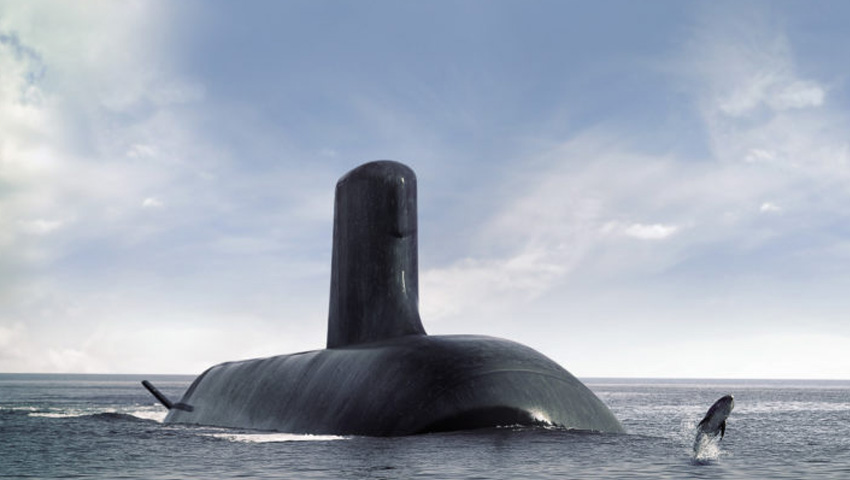The Submarine Institute of Australia (SIA) has welcomed the independent audit performance report on the progress of the Future Submarine Program released by the Australian National Audit Office (ANAO), which is a valuable contribution to the management of significant expenditure on national security.
It is the largest defence acquisition project in the history of the nation, but the apparently $50 billion project to replace the ageing Collins Class submarines with 12 regionally-superior submarines is in deep water.
Concerns about cost, capability and delivery time frame are again making headlines following the release of a troubling report from the Australian National Audit Office (ANAO) titled Future Submarine – Transition to design, building on the fallout from a fiery exchange at Senate estimates in late-2019.
Future Submarine Program manager Rear Admiral Greg Sammut explained to the Senate estimates hearing that the 'out-turned' cost of Australia's future fleet of submarines was estimated to be around $80 billion – a figure frequently cited but subsequently rubbished by former defence minister Christopher Pyne and other Defence officials.
Further compounding the costs associated with the acquisition is the continuing concerns about the capability of the proposed vessels, with many expressing, often vocally, concerns about the obsolescence of lead-acid batteries and the conventional power plant expected to power the vessels out to the 2080s.
Executive director of the Submarine Institute of Australia (SIA), David Nicholls, said, "The SIA’s core position is that during the transition from the Collins Class submarines to the Attack Class submarines, there must be no gap in Australia’s submarine capability.
"This includes ensuring there is no reduction in either the capability or availability of six submarines. This has become even more important given the recent deterioration in the strategic environment for Australia."
The Attack Class submarines will be delivered as part of the $50 billion SEA 1000 Future Submarine program. Naval Group will build 12 regionally-superior submarines for the Royal Australian Navy.
Building on this, Nicholls sought to clarify the institute's position on the program, stating, "The SIA continues to strongly support the construction of 12 new Attack Class submarines based on the rigorous design process which is currently underway and an effective construction program in Australia."
Naval Group's successful Shortfin Barracuda design, which serves as the basis for the new Attack Class, is a conventionally-powered variant of the nuclear-powered Barracuda fast attack submarine currently under construction for the French Navy.
However, Nicholls expressed a number of concerns about the revelations of the ANAO report and the future Life of Type Extension (LOTE) for the Royal Australian Navy's existing fleet of Collins Cass submarines.
"The twin objectives of construction of the new Attack Class submarines and the LOTE for the Collins Class submarines is vital to ensuring no capability gap materialises during the transition," he stated.
"It is of concern that the Naval Shipbuilding Advisory Board questioned if proceeding with the Future Submarine Program was in the national interest, even if negotiations between the Australian government and Naval Group for the new submarines were successful."
Lockheed Martin will provide the AN/BYG-1 combat control system, which provides an open-architecture submarine combat control system for analysing and tracking submarine and surface-ship contacts, providing situational awareness as well as the capability to target and employ torpedoes and missiles.
The 12 vessels will be built by Naval Group at a specialist submarine shipyard at Osborne, South Australia. The Commonwealth government’s Australian Naval Infrastructure (ANI) program will support the development of the future submarine shipyards.
The commonwealth government formally signed the strategic partnering agreement (SPA) with Naval Group in February 2019 ahead of confirming the final design specifications and requirements for the Attack Class submarines.
The Attack Class will enter service with the Royal Australian Navy at a time when 50 per cent of the world’s submarines will be operating in the Indo-Pacific region.


